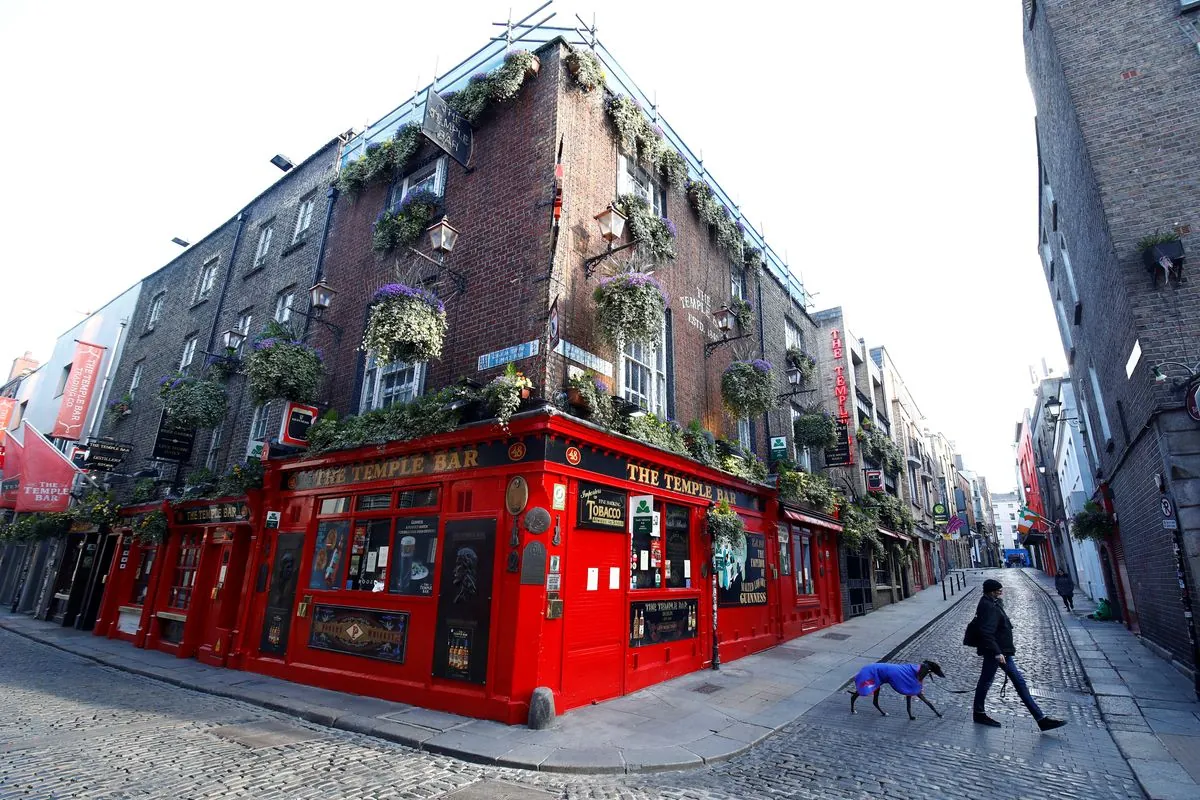Doyle's Latest Novel: A Raw Portrait of Resilience in Post-Pandemic Dublin
Roddy Doyle's "The Women Behind the Door" explores the aftermath of COVID-19 through the eyes of Paula Spencer. The novel delves into themes of resilience, generational trauma, and the lingering effects of past struggles.

Roddy Doyle, the acclaimed Irish author, presents a poignant exploration of resilience and human frailty in his latest work, "The Women Behind the Door." Set in the aftermath of the COVID-19 pandemic, the novel revisits the life of Paula Spencer, a character whose journey mirrors the tumultuous history of modern Ireland.
The story unfolds in March 2021, as Paula, newly vaccinated, contemplates the world's gradual reopening. Her life, once marred by an abusive marriage, alcoholism, and a child's drug addiction, has found a semblance of stability. However, the unexpected return of her eldest daughter, Nicola, disrupts this hard-won peace.
Doyle's narrative skillfully weaves together Ireland's social evolution with Paula's personal struggles. The legalization of divorce in 1995, the surge in alcohol consumption during the late 20th century, and the heroin epidemic that plagued Dublin are all reflected in Paula's experiences. These historical events provide a rich backdrop to the character's development, illustrating the interplay between societal changes and individual lives.

The novel delves deep into the concept of resilience and its long-term effects. Paula's observations of her daughter Nicola reveal the intergenerational transmission of trauma: "The guilt. Whatever it is. The hate... It's not in her now. It's in her daughter." This poignant realization underscores the lasting impact of past hardships on future generations.
Doyle's portrayal of Dublin during the pandemic is particularly striking. The city's emptiness amplifies the visibility of its marginalized populations, including heroin addicts and Roma women. These scenes serve as a stark reminder of the social issues that persist even as society attempts to return to normalcy.
The author's crisp, wry language transforms the heavy subject matter into a compelling narrative that balances pain with moments of levity and unexpected connections. Paula's encounter with a Brazilian delivery man, for instance, offers a brief yet touching moment of human connection amidst the isolation of the pandemic.
"She could whoop or cry out, both. She's scared and elated. It's not a bad combo."
Throughout the novel, Doyle masterfully explores the question of how individuals carry on after enduring seemingly unbearable experiences. This theme resonates not only with Paula and her family but also with the broader cast of characters navigating post-pandemic Dublin.
As the story progresses, Paula's newfound perspective on life becomes evident. Her ability to find humor and beauty in the struggle of existence provides a glimmer of hope amidst the challenges. Yet, the novel doesn't shy away from the reality that the past is never truly left behind, as Paula realizes, "There was no such thing as the past."
"The Women Behind the Door" stands as a testament to Doyle's skill in crafting complex, flawed characters that are simultaneously frustrating and endearing. Through Paula's eyes, readers are invited to contemplate the ongoing nature of personal growth and the resilience required to face life's unending challenges.


































